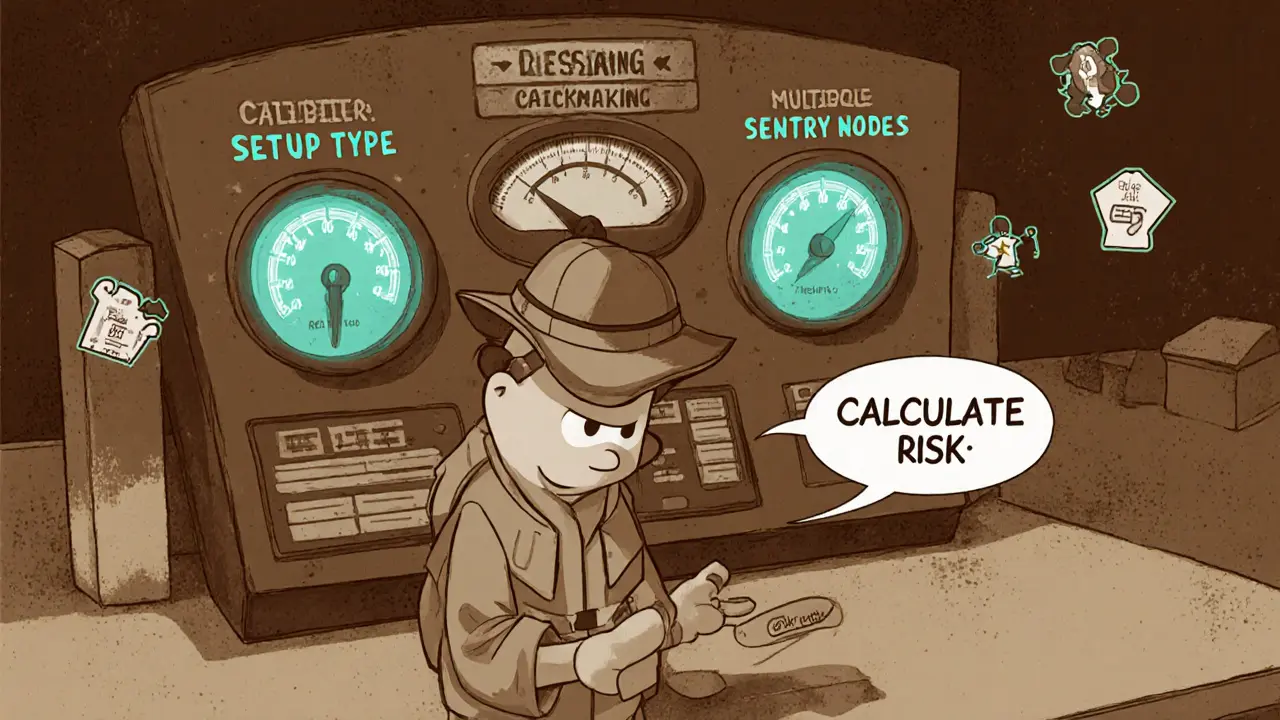Risk Mitigation for Crypto Investors
When talking about risk mitigation, the set of techniques used to reduce potential losses in cryptocurrency portfolios. Also known as risk management, it helps you stay safe when markets swing wildly. Risk mitigation isn’t just about avoiding bad trades; it means building a safety net that lets you stay in the game longer. In the next sections we’ll see why stablecoins, smart contract audits, and solid risk‑management principles are all part of that net.
Core Tools: Stablecoins and Crypto Risk Management
One of the most popular shields in the crypto world is stablecoins, digital tokens pegged to a stable asset like the US dollar. Also called pegged tokens, they let investors park value without the usual volatility. Using stablecoins for risk mitigation means you can quickly move assets into a low‑volatility bucket during a market dip, preserving capital while you wait for better entry points. Another pillar is crypto risk management, a framework that includes position sizing, stop‑loss orders, diversification, and regular portfolio reviews. This framework directly influences how you allocate to stablecoins, decide on leverage, or set alerts for sudden price moves. Together, stablecoins and a disciplined risk‑management plan form a two‑layer defense that reduces both market and execution risks.
Beyond the basics, advanced safety comes from smart contract audit, a thorough examination of blockchain code to spot bugs and vulnerabilities before deployment. Also referred to as audit, it influences risk mitigation by ensuring the contracts you interact with aren’t hiding hidden exploits. A clean audit can mean the difference between a secure DeFi yield farm and a rug pull that wipes out your stake. Combine that with practical tactics like proper position sizing—calculating how much of your capital to risk on each trade—and diversification across assets, protocols, and even blockchains. When you align audits, sizing, and diversification, you create a resilient portfolio that can absorb shocks from price drops, smart‑contract failures, or regulatory changes. Below you’ll find articles that break each of these concepts down, show real‑world examples, and give step‑by‑step tips you can apply right now.
How to Minimize Restaking Slashing Risks in Proof‑of‑Stake
by Johnathan DeCovic Aug 10 2025 17 CryptocurrencyLearn how restaking can boost slashing exposure and discover practical steps-technical safeguards, monitoring, and institutional controls-to keep your stake safe.
READ MORE
